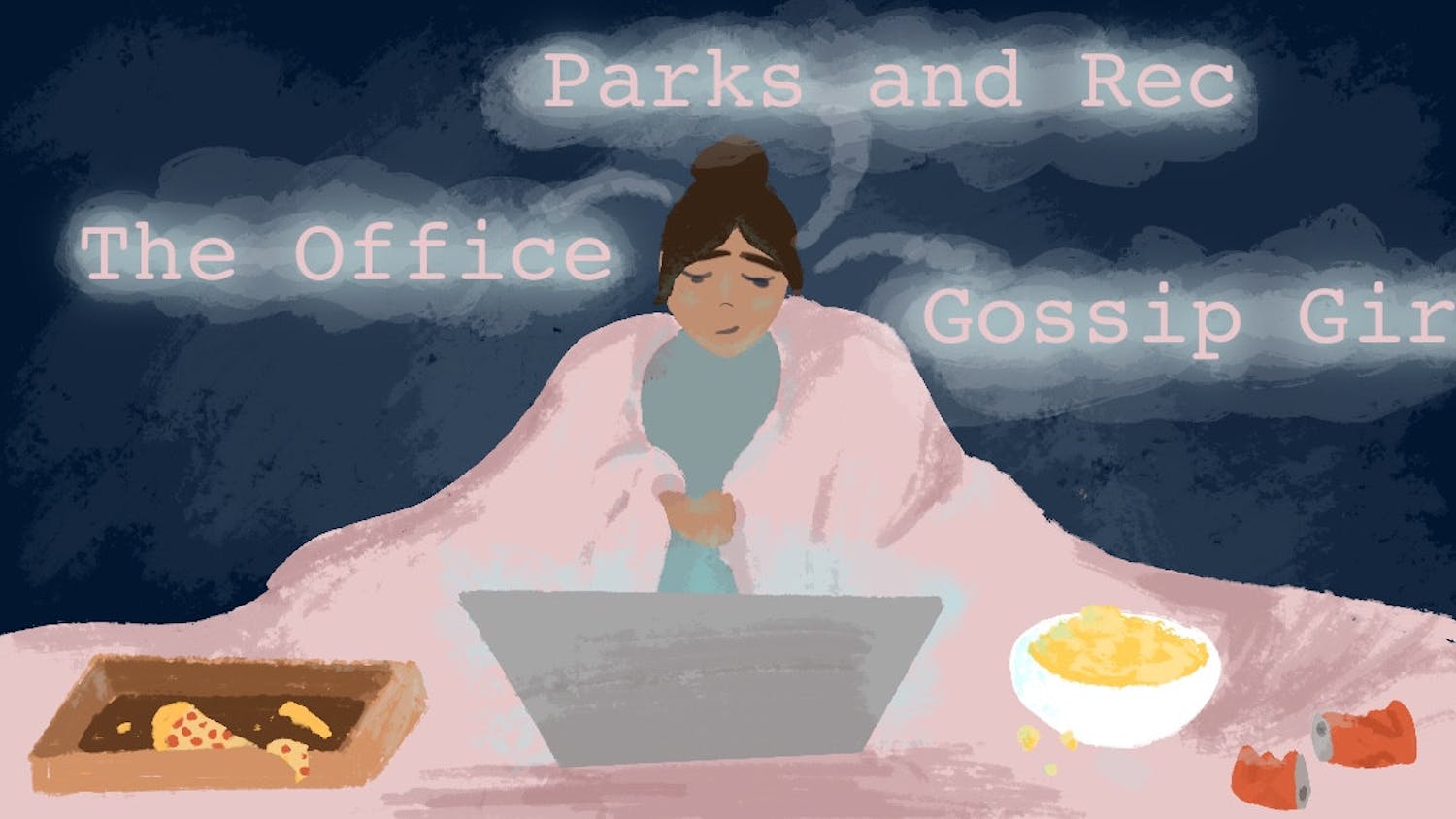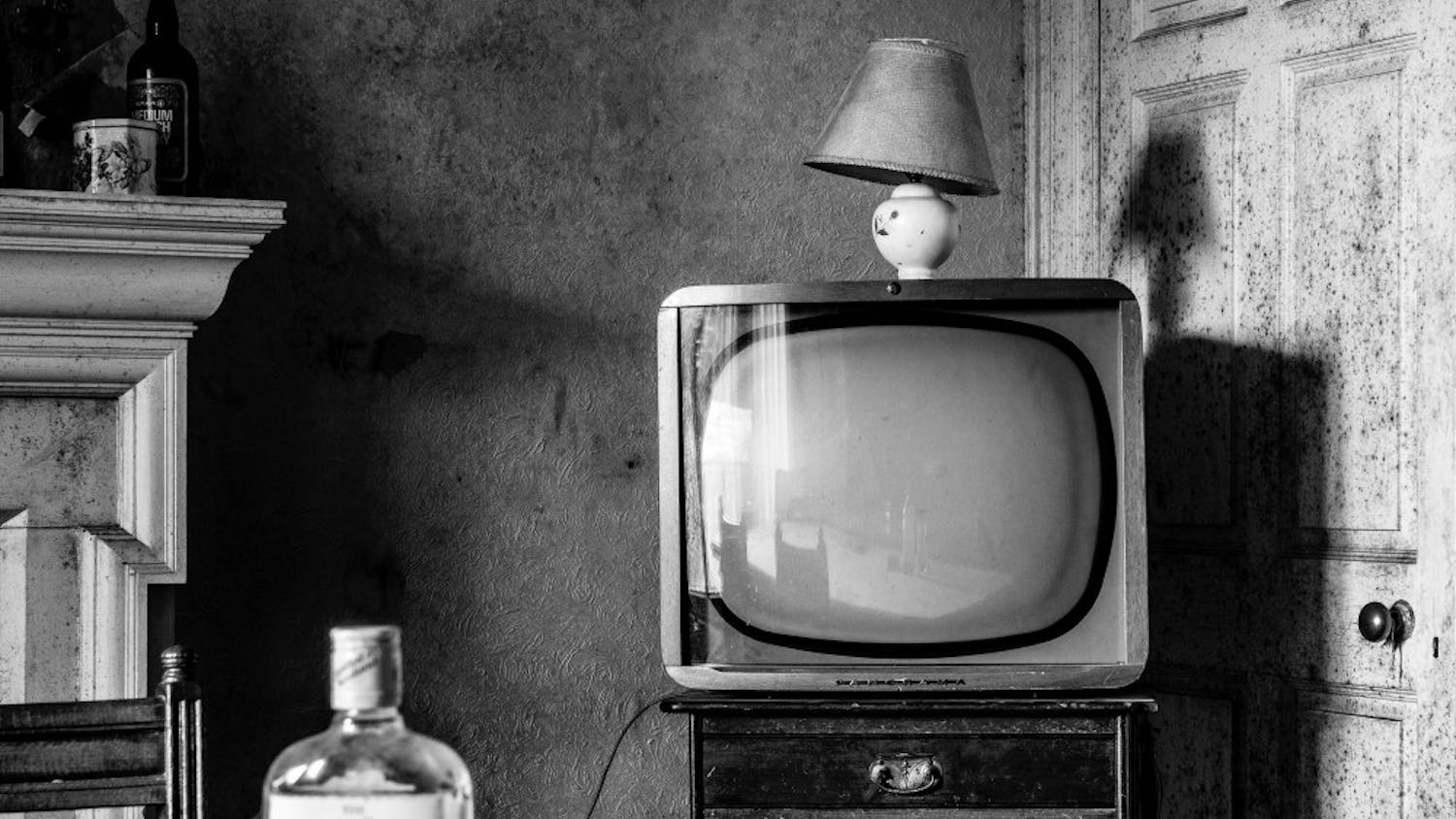Six years, 121 episodes, 700-plus musical numbers, numerous casting changes and one quarterback: Fox’s groundbreaking musical dramedy “Glee” has made statements, stumbled along the path and ultimately found its footing in something that has remained with the show from beginning to end — heart.
As a sophomore fully immersed in the wacky, weird world of high school performing arts (those of you who also participated surely know what I’m talking about), the story of an underdog show-choir team braving the odds and countless “slushie facials” to become champions was definitely appealing and relatable. But beyond the musical numbers, which were sometimes spectacular and sometimes hairbrained (anyone remember “Run Joey Run”?), “Glee” became a show that broke ground for some of the biggest changes in television over the better part of a decade.
Case in point: the character of Kurt Hummel, played by Chris Colfer. Kurt (named after the von Trapp character of the same name in “The Sound of Music”) was part precocious diva, part passionate advocate — and he was arguably one of the first characters to break boundaries in how gay teen relationships were portrayed in modern television. Kurt’s storylines have been crafted so well they have shaped how a lot of shows now include and develop LGBTQ+ characters and plotlines. The evolution and growth of Hummel, from his actions against bullying to his many conversations with his tough-looking but tender father, Burt (played by Mike O’Malley), was a spark that ignited television. Kurt’s relationship with prep-school heartthrob Blaine Anderson (played by Darren Criss) also became a focal point of the show for a legion of fans who embraced the duo as wholeheartedly and passionately as if they were their own friends. The year 2009 may not seem that far away, but back then, one would be pressed to find young gay relationships being represented in mainstream media, let alone on primetime television.
Other characters on the show also pushed boundaries. The Cheerios cheerleaders Santana Lopez (played by Naya Rivera) and Brittany S. Pierce (played by Heather Morris) transformed from background dancers to a sassy but sweet couple that defied being outed and degraded by some of their family, classmates and instructors (I mean, it’s Sue Sylvester, but…). The transgender community was represented by two characters: soulful singer Wade “Unique” Adams (played by Alex Newell) and football coach Shannon Beiste (played by Dot-Marie Jones), the latter of whom underwent a sex change operation in the show’s final season. The inclusion of these characters has shed light on vital topics and allowed for a young crowd that was constantly in search of people similar to them to identify with the characters. I’m not saying all of these characters were presented perfectly, but I will argue that the representation of these various backgrounds helped solidify the show as one of the foregrounds for breakthrough material on television, particularly for a young audience — with a song thrown in for good measure.
The passing of the show’s quarterback, Cory Monteith, was a huge changing point. Monteith’s portrayal of the affable but inspirational Finn Hudson was a constant presence throughout the first four seasons of “Glee.” Some people think the show wasn’t the same afterwards, and they would be right. But the show creators (Ryan Murphy, Ian Brennan and Brad Falchuk) have made sure that his presence, both as a character and as a person, was never lost. A plaque of Finn was hung in the choir room and was referenced periodically throughout the show’s final two seasons. Finn Hudson may have been a leader in the Glee club, but Cory Monteith was a figurehead of the show to the cast, crew and fans.
No retrospect of “Glee” would be complete without discussing the crux of the show: the music. The statistics and chart statuses of the amount of singles, albums and special tributes are endless, but a few deserve special recognition: the cast set the record for the most Billboard Hot 100 appearances in the chart’s history with 207 entries and sold 7.8 million albums and 44.5 million song downloads, according to Nielsen SoundScan. “Glee” not only broke character development barriers, but music industry barriers — a lot of these tracks were covers of popular songs. From classic rock tunes like the show’s unofficial theme song, Journey’s “Don’t Stop Believin’,” to the later trend of showcasing lesser-known bands at the time, like Imagine Dragons and A Great Big World, the emphasis on an all-encompassing soundtrack was one of the most special parts of the show.
For six seasons, “Glee” may have fluctuated in its content and continuity, but it has remained a constant source of entertainment for millions of viewers. Personally, it has been a source of — dare I say it — glee in its musical comedy-drama hybrid nature. As the show’s two-hour series finale airs Friday on Fox at 8 p.m., I know I won’t be the only one sad to see it go. But while the halls of McKinley High won’t be filled with singing students and borderline psychotic cheerleading coaches anymore, the memories of airborne slushies, choir room weekly lessons and regional competition showdowns will live on as one of television’s most wacky, weird programs.
[A version of this story ran on page 10 on 3/19/2015 under the headline “Goodbye to ‘Glee’ — A retrospective six years in the making”]
Chris Colfer arrives at the 32nd Annual Paleyfest : "Glee" held at The Dolby Theatre on Friday, March 13, 2015, in Los Angeles.






